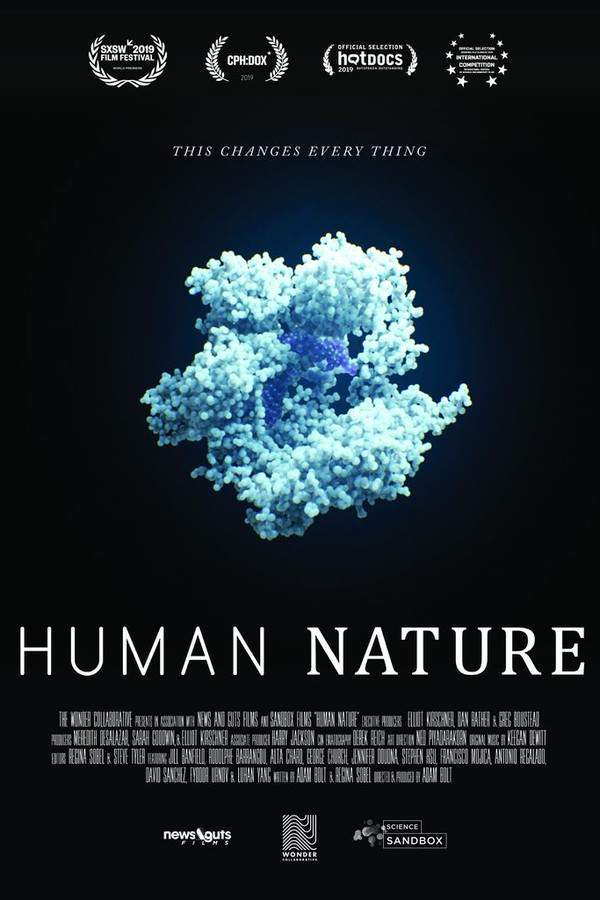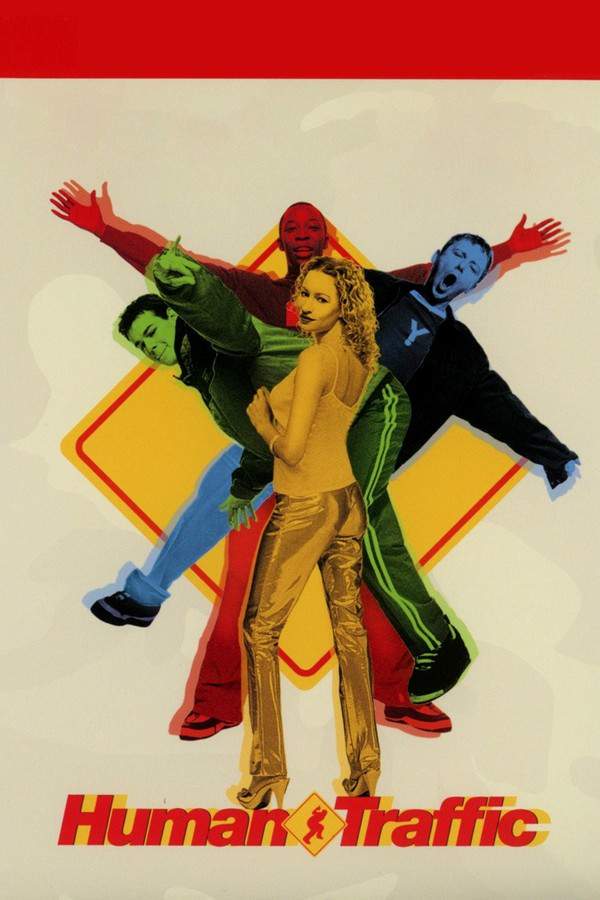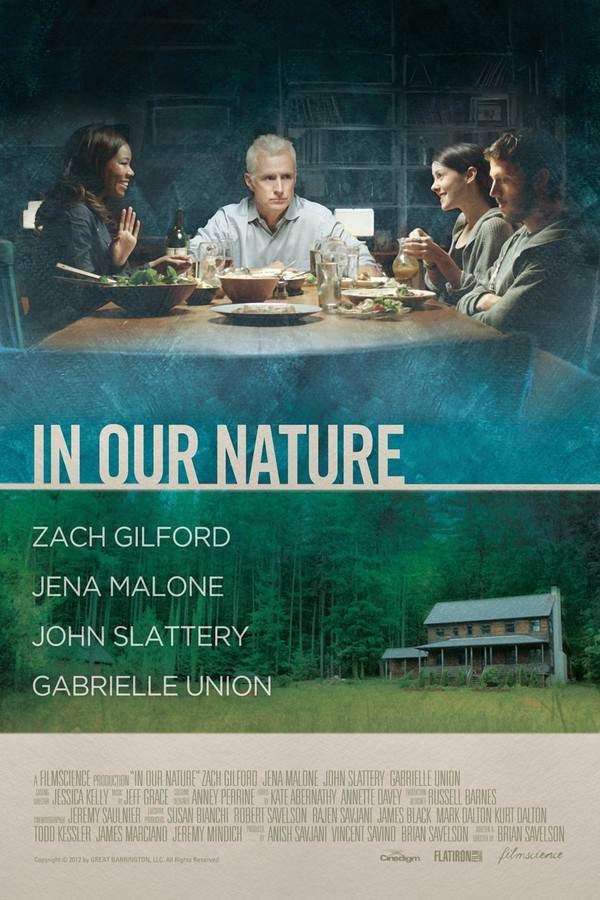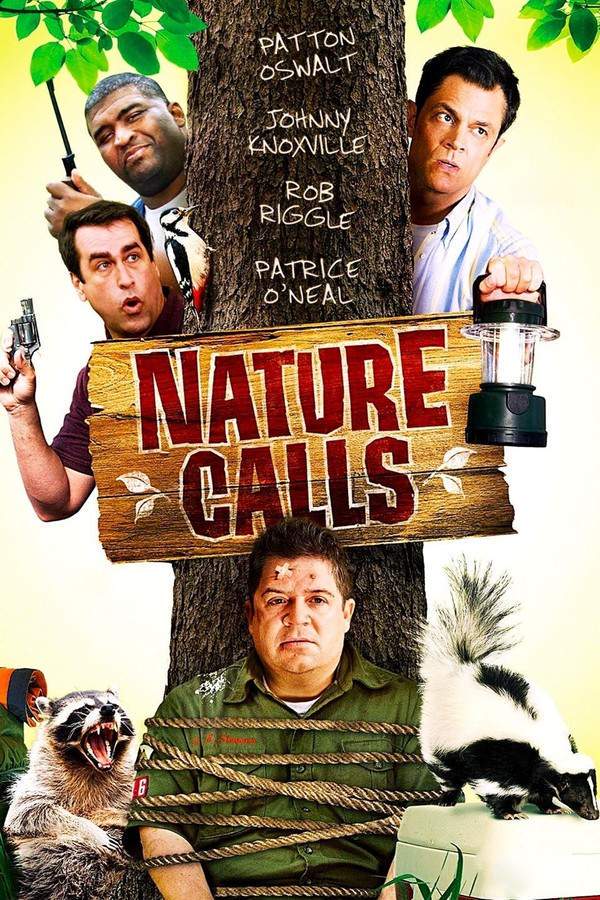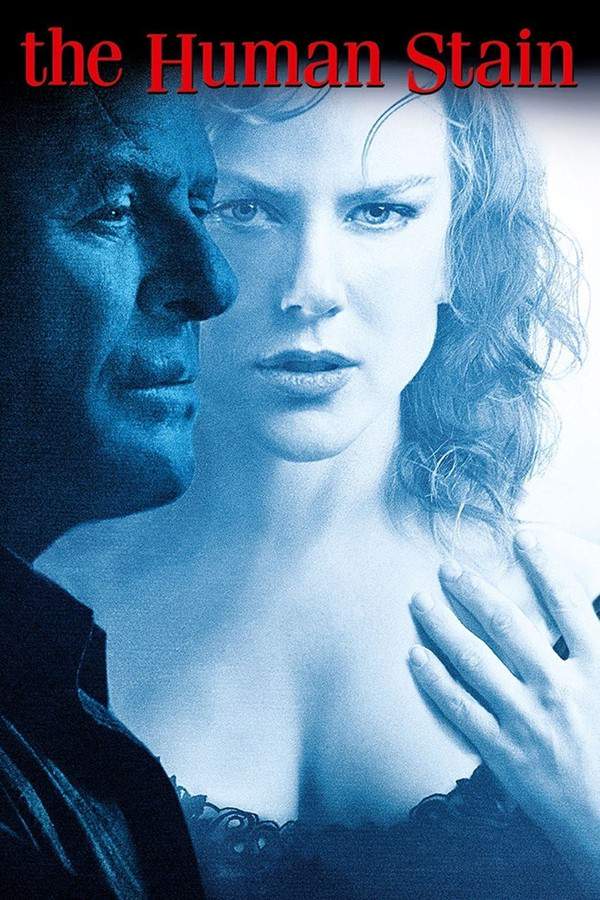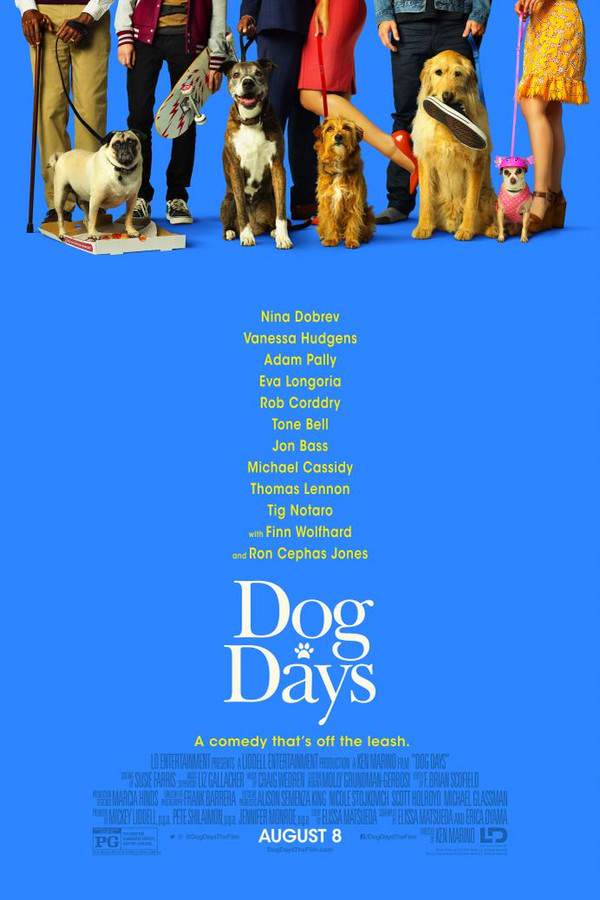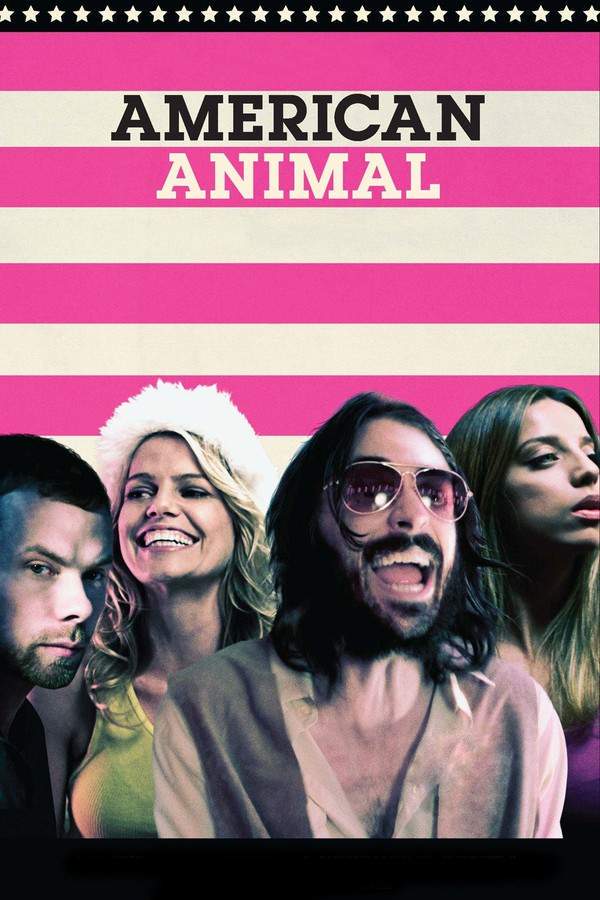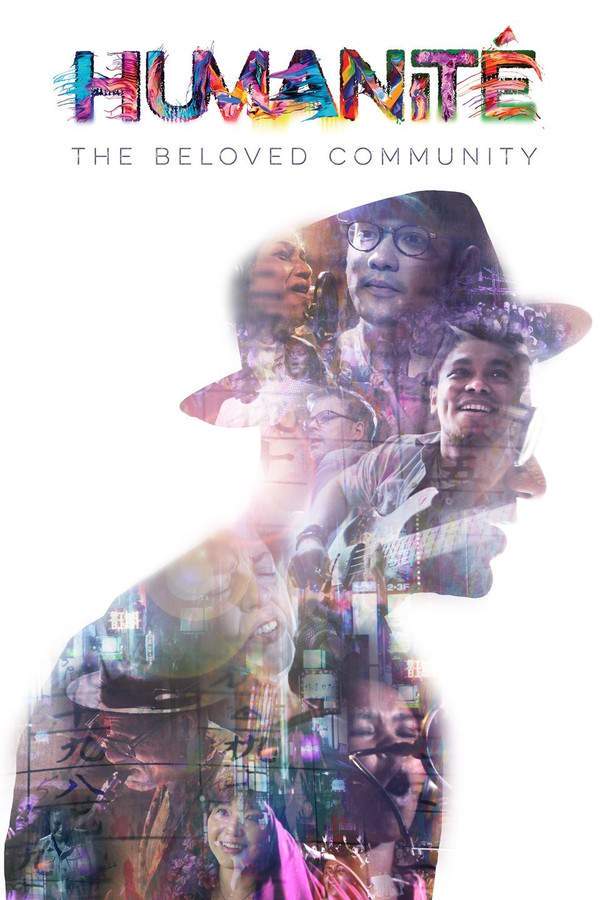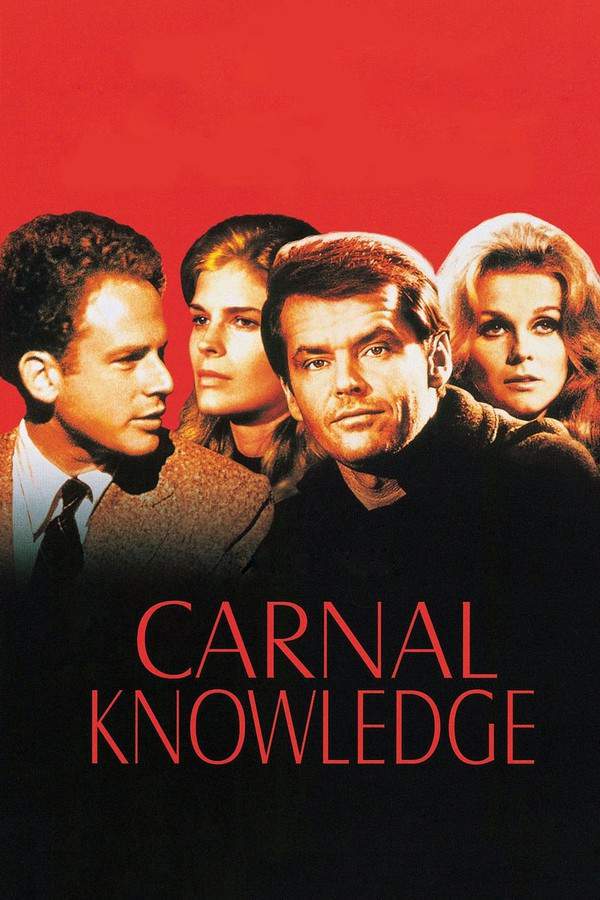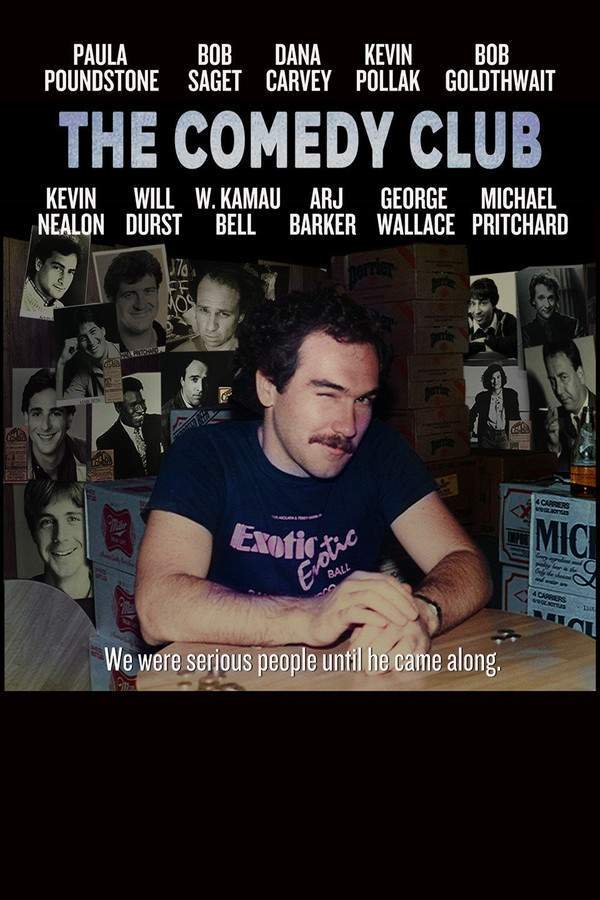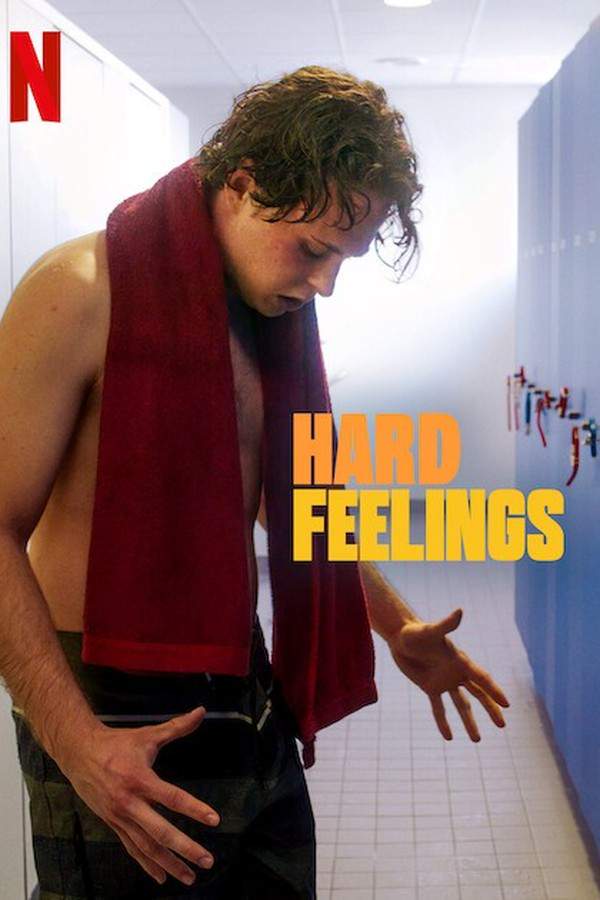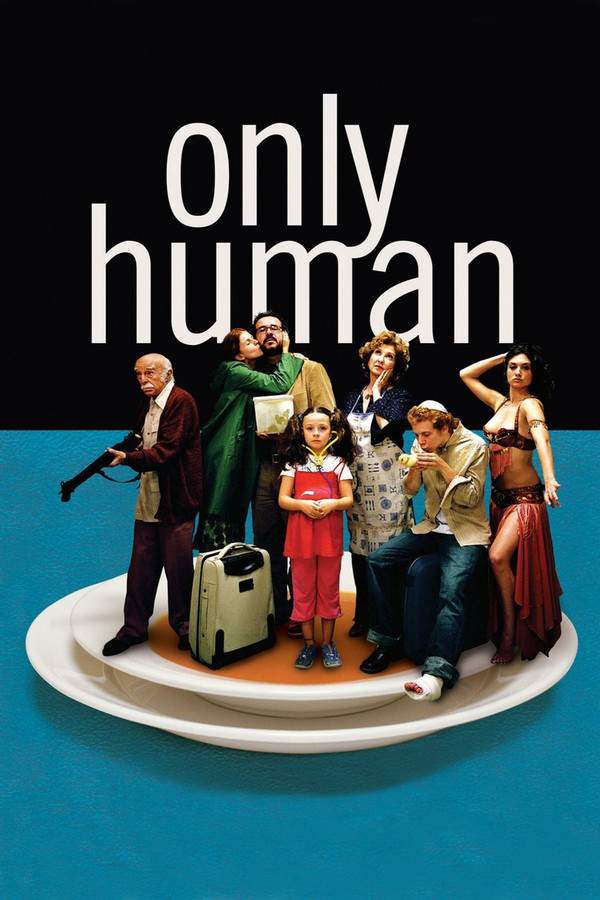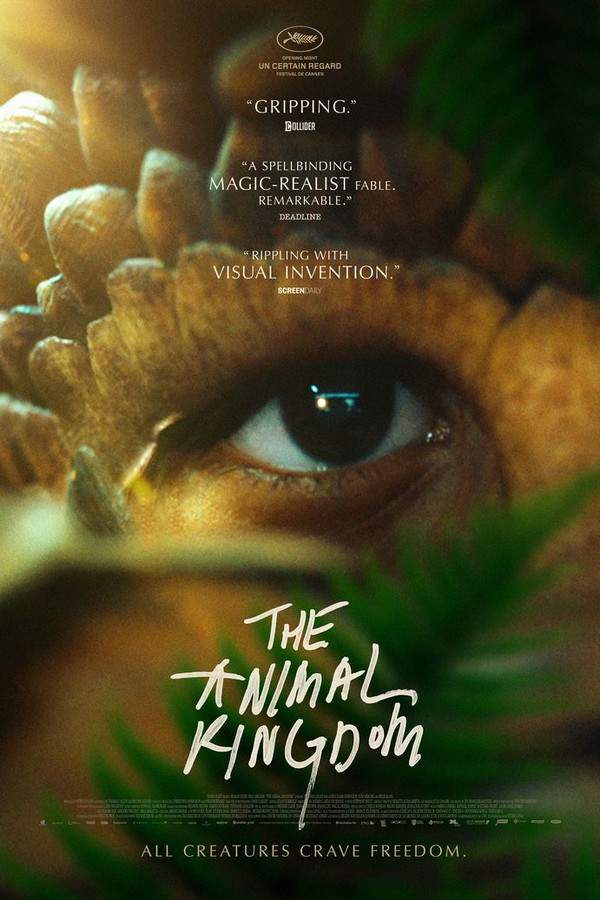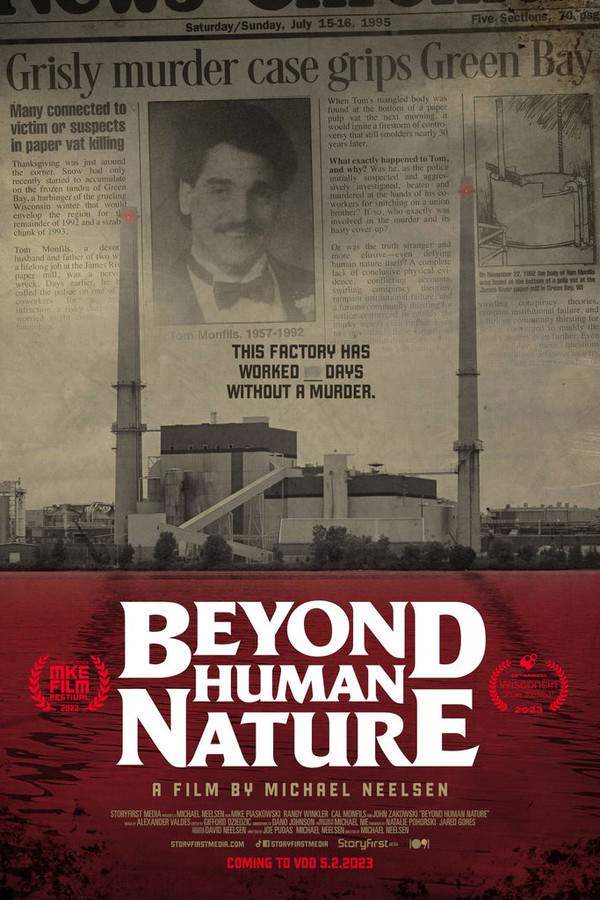
Human Nature
Year: 2002
Runtime: 96 min
Language: English
A brilliant but socially awkward scientist, Nathan, and his unconventional partner, Lila, find their lives upended by the discovery of Puff, a man raised by wolves in the wilderness. Nathan believes Puff can be educated and integrated into society, while Lila argues for protecting his natural, uninhibited state. Their conflicting approaches spark a humorous and thought-provoking exploration of human nature, challenging preconceived notions of civilization and innocence.
Warning: spoilers below!
Haven’t seen Human Nature yet? This summary contains major spoilers. Bookmark the page, watch the movie, and come back for the full breakdown. If you're ready, scroll on and relive the story!
Human Nature (2002) – Full Plot Summary & Ending Explained
Read the complete plot breakdown of Human Nature (2002), including all key story events, major twists, and the ending explained in detail. Discover what really happened—and what it all means.
Three intertwined lives unfold through a series of flashbacks, each narrator peering into the others’ tangled fates: Puff, Lila Jute Patricia Arquette, a writer and former survivor of a nomadic life, and Dr. Nathan Bronfman Tim Robbins, a psychologist who experiments with the boundaries between civilization and wild instinct. The film weaves their testimonies into a single, unsettling tapestry as events drift between memory, fantasy, and consequence.
Lila Jute, a woman marked by a rare hormonal imbalance that makes hair grow all over her body, begins by choosing a hermitic life in the forest after a brief stint performing in a freak show. She pens a best-selling book about living naked, wild, and free among nature, celebrating a sense of purity and unshackled authenticity. Yet as she approaches thirty, a fierce need for companionship drives her back toward civilization. She shaves away her natural hair in a bid to appear more “normal” and to attract a partner who can understand her complexity. This decision sets in motion a complex relationship with Nathan Bronfman, a man who is both fascinated by the animal versus the civilized and pragmatic in his scientific ambitions. Lila’s arrival into Nathan’s orbit marks the beginning of an entangled bond that tests loyalty, desire, and the boundaries of science.
Puff—the man raised in the wild—appears in the woods as a naked, almost primal figure who moves with the ease of someone who has never learned social graces. Lila notices him during a hike and, drawn by curiosity and a strange affinity, discards her clothes and pursues him. The encounter ends with Puff falling from a tree branch, knocked unconscious, and brought to Nathan’s laboratory. Nathan, aided by his American colleague Gabrielle (who presents herself with a French accent), baptizes the captive “Puff” and, through a process of conditioned reinforcement, teaches him to mimic the manners and etiquette of high culture. Yet beneath the veneer of refinement lies an ongoing struggle: Puff’s powerful sexual urges persist, resisting complete control despite Nathan’s training.
The relationship between Lila and Nathan begins to fray as Gabrielle enchanes Nathan and pulls him into an affair, destabilizing the trio’s fragile balance. As the experiment with Puff continues, Nathan extends his socializing techniques to the captor, staging a tour that exposes Puff to cities, crowds, and temptations that test his new persona. Meanwhile, Lila embraces a radical solution: she decides to reclaim Puff, to take him back to the forest, with the intention of undoing the manners he was forced to adopt and returning him to his natural state. This reversal reframes Puff not merely as a subject of study but as a symbol of humanity’s struggle to reconcile civilization with instinct.
The story reaches a brutal crescendo when Nathan confronts Puff in the forest and is killed by Puff in a moment that blends fear, rage, and misdirected loyalty. Lila, burdened by guilt and a sense of responsibility, ultimately turns herself in, offering Puff as a witness to speak about humanity’s wanderings and its pretensions. Puff is then allowed to retreat back into the forest, leaving the city behind as Gabrielle accompanies him, albeit with lingering ambiguity about their true intentions and their shared future.
In the film’s quiet aftermath, what remains is not a straightforward conclusion but a suggestion of collusion between Puff and Gabrielle, casting doubt on earlier interpretations and inviting the audience to question what it means to be “civilized” versus “wild.” The ending is punctuated by two philosophical passages read over the credits: first, an excerpt from William of Ockham on intuitive cognition, and then a section from Francis Bacon’s Novum Organum on inductivism, inviting viewers to ponder how knowledge is formed from experience and observation.
This meditation on humanity’s pretenses, the lure of nature, and the costs of scientific curiosity unfolds with a restrained, reflective tone. It invites readers to weigh freedom against belonging, instinct against discipline, and the ethical boundaries of shaping another being’s behavior. The film’s atmosphere lingers long after the screen fades, urging us to consider what is gained and what is lost when we try to engineer the perfect balance between civilization and the wild.
Last Updated: October 09, 2025 at 15:43
Unlock the Full Story of Human Nature
Don't stop at just watching — explore Human Nature in full detail. From the complete plot summary and scene-by-scene timeline to character breakdowns, thematic analysis, and a deep dive into the ending — every page helps you truly understand what Human Nature is all about. Plus, discover what's next after the movie.
Human Nature Timeline
Track the full timeline of Human Nature with every major event arranged chronologically. Perfect for decoding non-linear storytelling, flashbacks, or parallel narratives with a clear scene-by-scene breakdown.

Characters, Settings & Themes in Human Nature
Discover the characters, locations, and core themes that shape Human Nature. Get insights into symbolic elements, setting significance, and deeper narrative meaning — ideal for thematic analysis and movie breakdowns.

Similar Movies to Human Nature
Discover movies like Human Nature that share similar genres, themes, and storytelling elements. Whether you’re drawn to the atmosphere, character arcs, or plot structure, these curated recommendations will help you explore more films you’ll love.
Explore More About Movie Human Nature
Human Nature (2002) Scene-by-Scene Movie Timeline
Human Nature (2002) Movie Characters, Themes & Settings
Human Nature (2002) Spoiler-Free Summary & Key Flow
Movies Like Human Nature – Similar Titles You’ll Enjoy
Human Nature (2020) Detailed Story Recap
Human Traffic (2000) Full Movie Breakdown
In Our Nature (2012) Complete Plot Breakdown
Nature Calls (2012) Plot Summary & Ending Explained
The Human Stain (2003) Plot Summary & Ending Explained
Dog Days (2003) Ending Explained & Film Insights
American Animal (2012) Detailed Story Recap
Humanité (2000) Full Movie Breakdown
Carnal Knowledge (1971) Complete Plot Breakdown
The Comedy (2012) Full Summary & Key Details
Senseless (1998) Movie Recap & Themes
Sex Is Comedy (2004) Story Summary & Characters
Hard Feelings (2023) Ending Explained & Film Insights
Only Human (2006) Film Overview & Timeline
The Animal (2001) Complete Plot Breakdown



